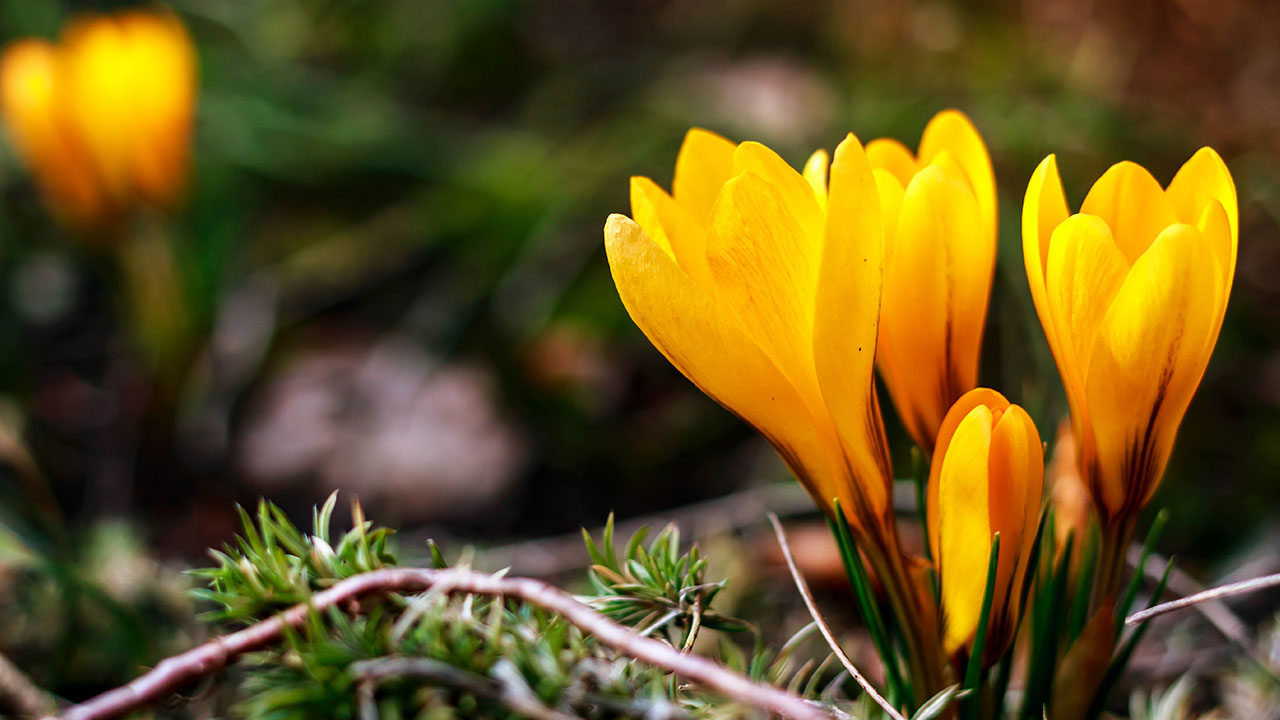In my neck of the woods, even though I’m in planting zone 9a, the fall through spring months are long and gloomy. By the time later winter rolls around, I have to have a little splash of color. The best way to get it from February to April is by planting crocuses. It seems like in just about every article I write, I say ‘this is one of my favorite flowers,’ but crocuses might actually be my number one. The crocus flower is one of the first to come up late in winter or early in the spring. It can even be seen pushing triumphantly through recent snowfall. When it comes to living hardcore, the crocus really knows how to do it.
What is a crocus?
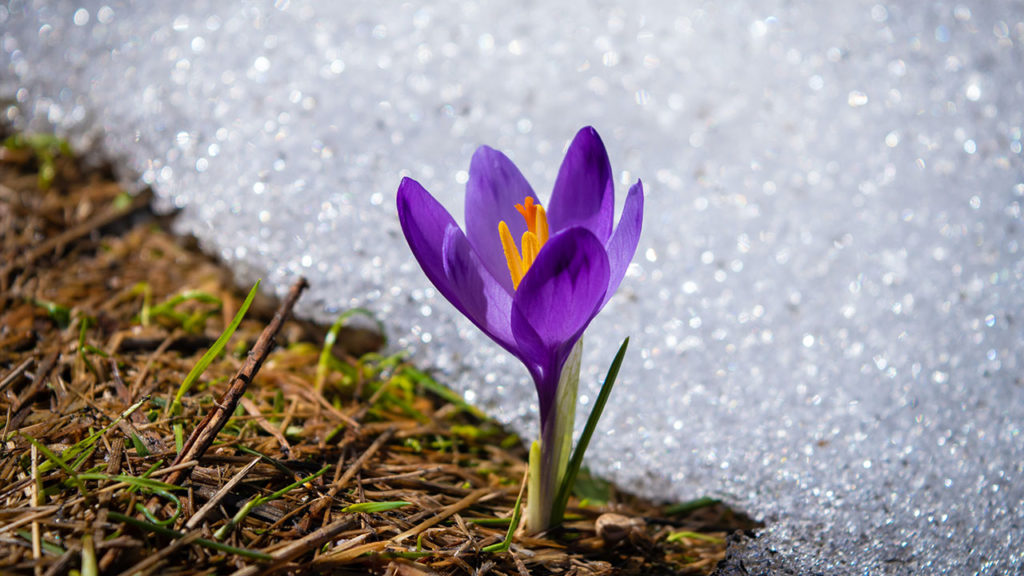
A crocus sounds a little bit like the sound a frog would make. Just kidding! Crocuses are a small plant with varieties that flower both in the spring and fall. It belongs to the iris family and grows from a corm, which is similar to a bulb. Their flowers tend to be yellow, purple, pink, blue, or white.
- Scientific name: Crocus sativus
- Other names: Naked ladies, meadow saffron
- Native to: Europe, the Middle East, and western China
- Invasiveness: No
- Tenderness: Perennial
- Sun: Part sun or full sun
- Water: Damp, but not waterlogged
- Soil: Well-drained soil
- Hardiness zone: 3-8
- When to plant: September-October
- Spacing: 3 inches apart
- Plant height: 2 to 5 inches
- Bloom period: Late winter to early spring
- Time to maturity: Overwinter
- Container friendly: Yes
- Fertilizer: Not needed
- Toxicity: Toxic to pets
- Drought tolerant: No
- Deer resistant: Yes
- Pest resistant: Yes
How to grow crocuses
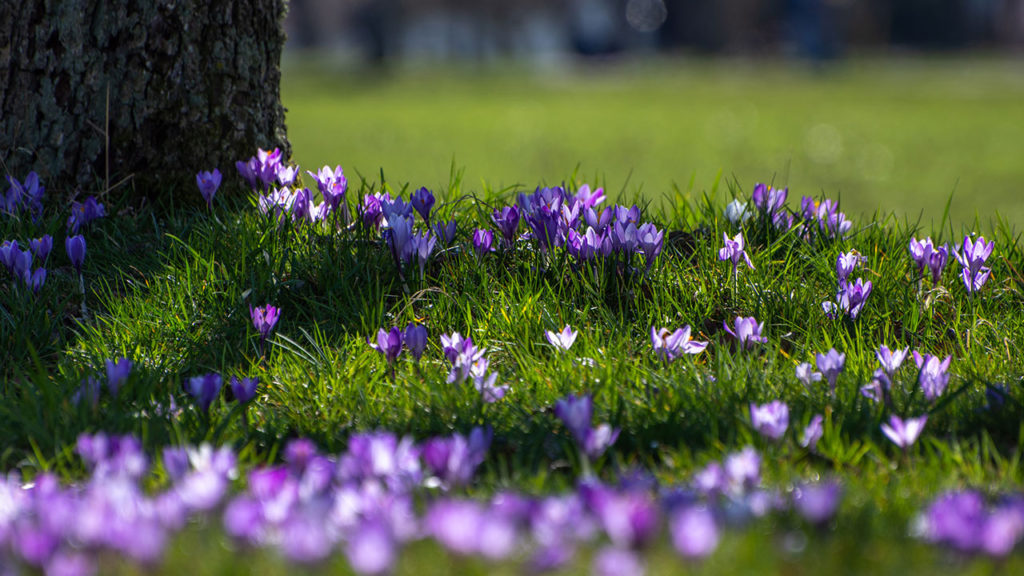
Crocuses (Crocus sativus), sometimes called naked ladies or meadow saffron, are a hardy perennial plant that grows from a corm. It is native to Europe and parts of Asia, but is not known to be invasive or a nuisance outside of its native range. The plant does spread a bit by developing additional corms and forming clumps, but these are quite manageable.
Your crocus plants will appreciate being planted in well-draining soil in a sunny spot, getting 6+ hours of sun late in winter or early in the spring. It can tolerate partial shade as well. It is a hardy perennial in zones 3-8. I live in zone 9a and can get away with planting this flower here as well.
Crocuses are container friendly and really don’t need to be fertilized. Plant your crocuses in September for cooler climates or October for warmer climates, to have flowers coming up in spring. They mature overwinter. Note: these plants are toxic to pets.
Growing crocuses in containers
Crocuses do fine when planted in a container. Their root systems don’t go terribly deep, but the corms do need to be planted 3 inches deep, so be sure to pick a container that is fairly deep. I use old wine barrels as planters for annuals at my home and have crocuses planted in them so I can get an early spring flower that dies back around the time my annuals go in.
When to plant crocus corms
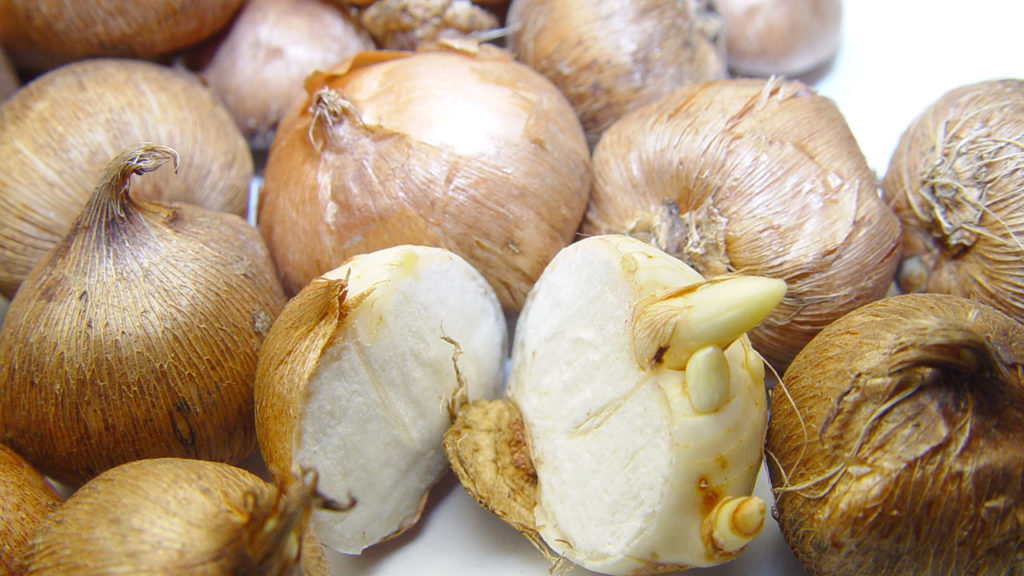
Crocuses should be planted in fall 6-8 weeks before your first frost date. When you plant them will be largely determined by that frost date. In colder climates, you should plant them in September to early October. In warmer climates, you can wait until October to early November.
Plant corms 3 inches deep and 3 inches apart. Provide adequate water, but be sure not to leave them waterlogged. Soggy soil will rot the corms, killing the crocuses you just planted. Crocuses should be planted in well-draining soil in an area that gets full sun.
When do crocuses bloom?
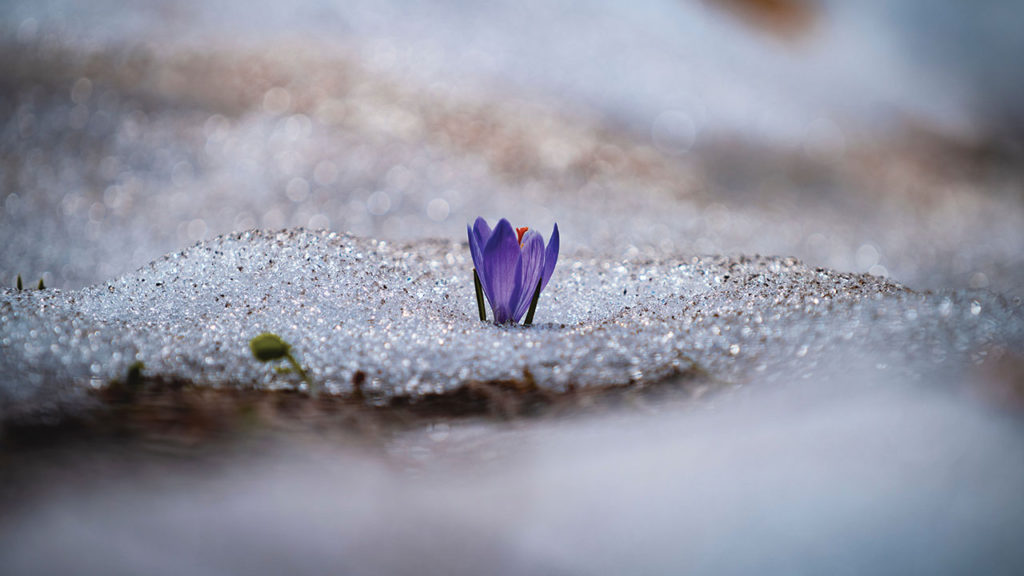
After planting your crocus corms, don’t be surprised if they send up leaves and flowers in autumn before winter sets in. The corms use this period to get established. Over winter, their leaves and flowers die back in preparation to flower again in the spring. Depending on your planting zone, you could begin to see your crocuses sending up grass-like leaves as early as January or as late as March or April.
How to propagate crocuses
Propagating crocuses is an easy process. If you have well-established, mature clumps of crocuses that come up in the spring, it’s highly likely that they have produced a clump of corms. In September to October, dig up this clump of crocus corms and separate them. Once separated, you can replant these corms 3 inches apart, the same as you would if you were planting corms you purchased from the store.
Wildlife attracted to crocus flowers
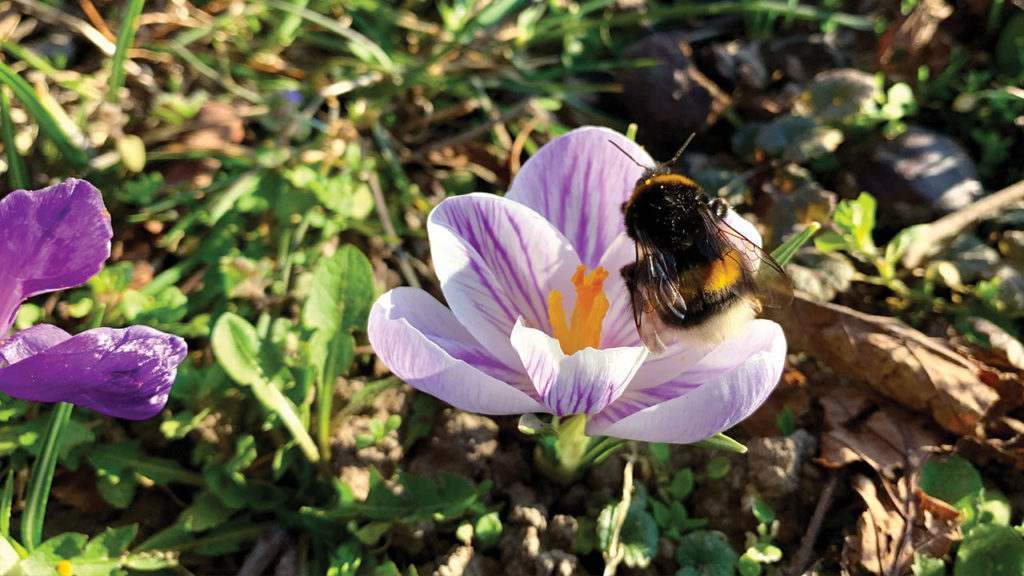
One of the reasons crocuses are such a good flower to plant is because they emerge early, around the same time hungry pollinators like bumblebees begin to wake from hibernation. Most pollinators that are awake in early spring will be glad to visit the crocuses on your property.
